The First Step Is Admitting You Have a Problem

It looks like the problem isn’t the damn kids. Well, not in this instance.
The problem is us keyboard jockeys; the corpulent shrimp-eaters of the world.
Clearly, our bitching and moaning hasn’t gotten us anywhere.
It’s time to face reality, so a big thank-you goes out to Fox News Autos editor Gary Gastelu for providing a wake-up call from Fiat Chrysler passenger car boss Tim Kuniskis this morning:
Harsh reality from Tim Kuniskis today:
You know who always asks me about manual transmissions: journalists.
You know who never does: customers
— Gary Gastelu (@garygastelu) July 28, 2020
Ouch.
While this writer’s heart, along with those of so many other like-minded souls, will continue to pine for a circa-1990 world where sticks abound in everything but bland family sedans (but even some of those…!), it seems unavoidable that the manual transmission’s take rate will sink below 1 percent in the U.S. this year.
Electric vehicles have already surpassed stick-shifts in popularity. At last report, the take rate was 1.1 percent and not holding. And look at what we’ve seen in just the last couple of weeks. Discontinued stick shifts everywhere. Not because cigar-chomping corporate fat cats hate the world, not because of lAte CaPitAliSm, but because, when the option is there, no one goes for it. The customer, in this case, has the last word. And automakers aren’t interested in the plaintive voice of a lone customer.
In the marketplace, consumers speak with a unified voice.
TTAC World Headquarters bunkmate Adam Tonge has done his part, though, rewarding Ford’s inclusion of a seven-speed manual in the upcoming Bronco (see image above) by putting his money where his heart is. It’s actions like this that might keep the transmission type alive in certain niches for a while yet. We’ll just have to wait and see.
[Images: 2016 Jeff Jablansky/The Truth About Cars, Ford]

More by Steph Willems
Latest Car Reviews
Read moreLatest Product Reviews
Read moreRecent Comments
- MaintenanceCosts Can I have the hybrid powertrains and packaging of the RAV4 Hybrid or Prime with the interior materials, design, and build quality of the Mazda?
- ToolGuy I have 2 podcasts to listen to before commenting, stop rushing my homework.
- ToolGuy Please allow me to listen to the podcast before commenting. (This is the way my mind works, please forgive me.)
- ToolGuy My ancient sedan (19 years lol) matches the turbo Mazda 0-60 (on paper) while delivering better highway fuel economy, so let's just say I don't see a compelling reason to 'upgrade' and by the way HOW HAVE ICE POWERTRAIN ENGINEERS BEEN SPENDING THEIR TIME never mind I think I know. 😉
- FreedMike This was the Official Affluent-Mom Character Mobile in just about every TV show and movie in the Aughts.

















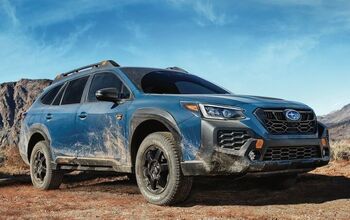
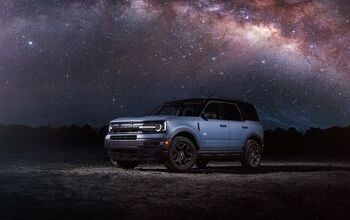
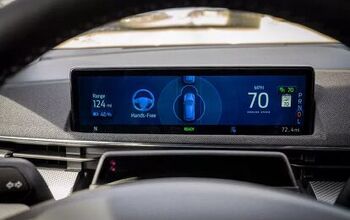

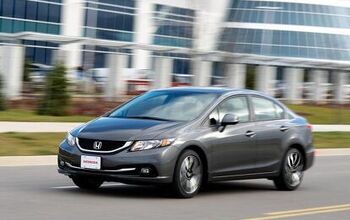

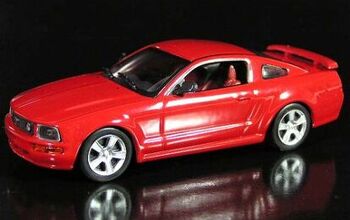


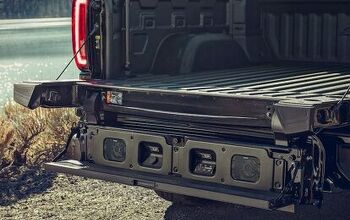


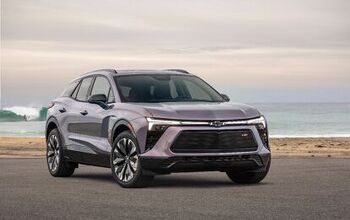
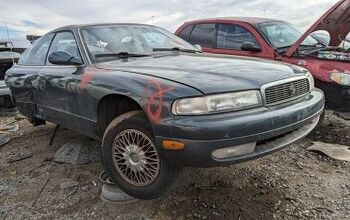
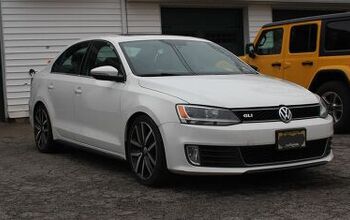


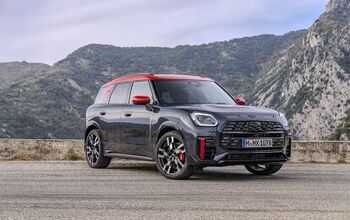
Comments
Join the conversation
For the first time in 35 years I do not have a manual in any of my fleet of vehicles but that is just the way things are in a car market where it is harder to find one in a new or used vehicle especially if you want to get a vehicle made in the past decade. Many of the manual trucks that I looked at before I bought my 2008 Ranger (only 101k miles) were 20 years or more, had over 200k miles, had significant rust, and worn out and torn interiors. I decided it was better to get a newer lower mileage truck with little rust, good interior, and cold air conditioning for the same or slightly higher price. I miss my manual trucks but since I needed a newer truck and something that was not my main vehicle then I would compromise on the transmission since the rest of the truck met my needs. Even compromised and bought a white regular cab truck because I didn't want a crew cab and I wanted something as close as I could get to a compact truck. Using the Ranger to haul things was my main objective and putting 2k to 3k miles a year on it made more sense to buy a used lower mileage truck.
It's the American public that wants less driver involvement, not more. They don't want cars that they have to actually drive, they are fascinated by cars that drive themselves.